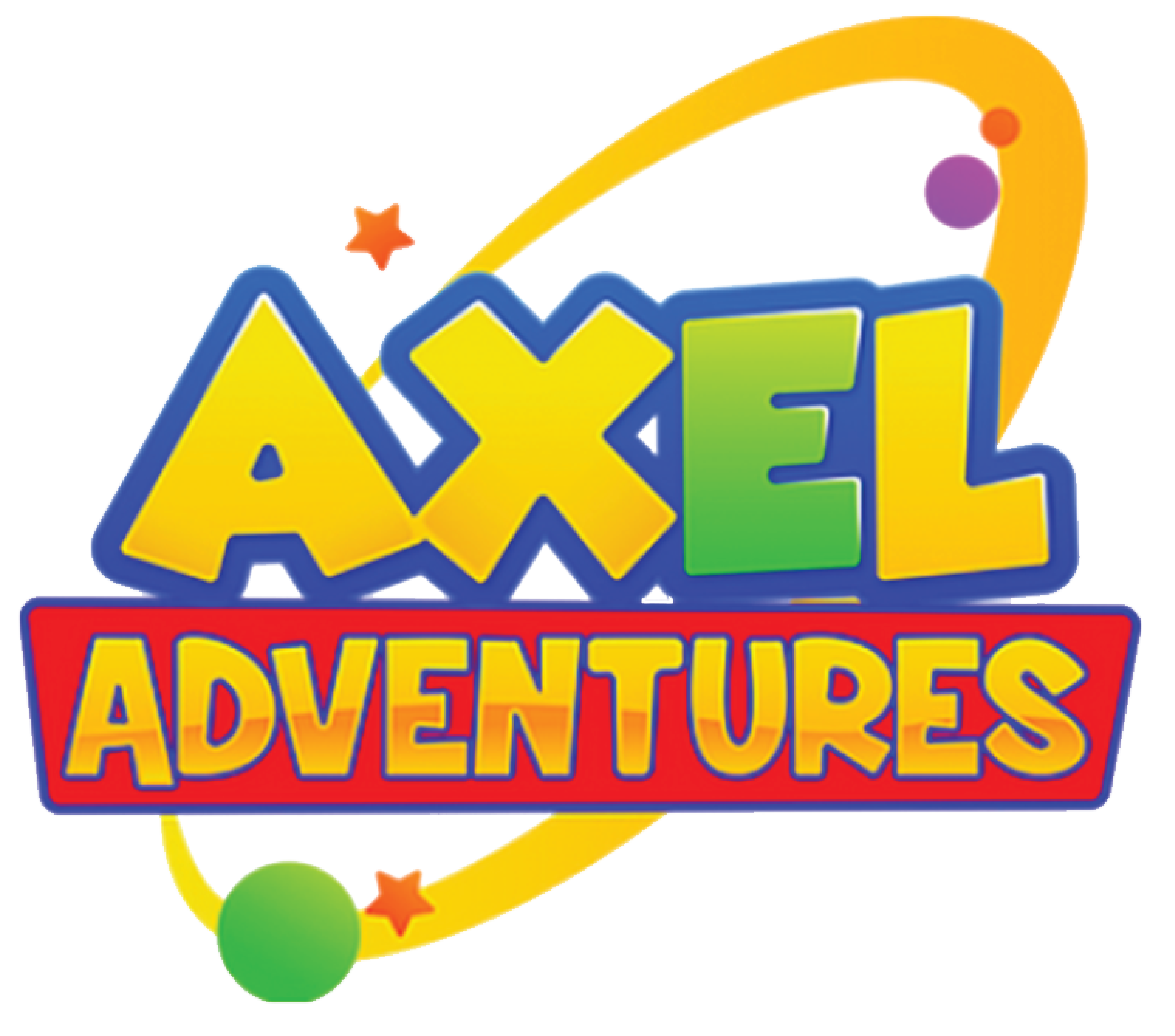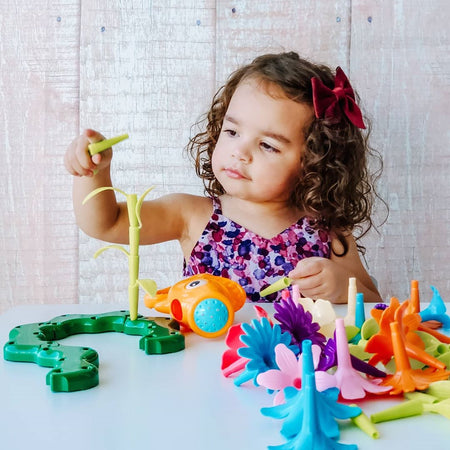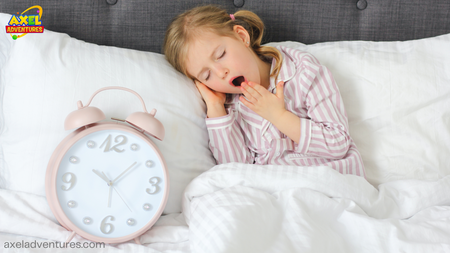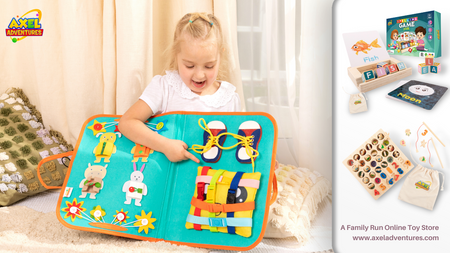If you've ever wondered, "What is a sensory board, Montessori board, or busy board?" then read on to find out why these toys are so popular and why you should get one for your child.
Busy boards have a simple philosophy: they are mostly made of wood and include real items for kids to explore. Busy boards are designed to encourage the development of sensory and fine motor skills in children aged 6 months to preschool.
When children learn to grab objects, they want to play with anything they can get their hands on. A sensory board includes door knockers and handles, light switches, ribbons, laces, buttons, and other similar elements. Montessori boards, on the other hand, come with real-life tools such as nuts, bolts, screwdrivers, wrenches, and other similar elements. (Montessori boards are only recommended for children aged three and up.)
By touching the board and playing with its elements, children develop their skills and learn how to use diverse household objects and real life tools. Playing with busy boards improves the mental and physical abilities of a child and keeps them busy so that their parents can relax for a while.
The advantages of a well-equipped busy board for kids:
- Children enjoy activities that engage their senses. The busy board promotes sensory and Montessori learning by using colors, shapes, textures, and numbers, as well as improving hand-eye coordination.
- It encourages cognitive development, language development, and fine and gross motor skills in early childhood.
- Using a busy board, children can explore and master practical skills while learning about various household objects.
- Children will not lose interest quickly because the board contains a variety of items to investigate.
- It promotes social interaction and problem-solving abilities.
- Through practice and repetition, it improves their concentration and memory.
- Increase children's self-esteem and confidence as they learn to master activities through independent play.
- Children benefit from busy boards because they encourage independent play and imagination.
- The items placed on the board remain firmly in place. They make little to no mess that does not need to be cleaned up later. They are suitable for children's use.
- It helps toddlers develop responsibility and independence.
- Parents have some free time with their children while they play.
Conclusion:
Busy boards are a fun, interactive, Montessori, and sensory way for children to learn. These boards can be purchased or made at home, with personalized details such as your child's name. You can make such a board with your own hands at home, but there is one major disadvantage: you cannot guarantee its complete safety. Professionally designed boards have been rigorously tried and tested, ensuring that your child has the most enjoyable experience possible.
Tip: Consider sanding/rounding the edges of your busy board to make it safer, preventing cuts or other nasty accidents. You can also add rubber protectors to the edges for added protection.
The earlier you begin using the busy board, the better. This gives your child a safe environment in which to experiment with things they were previously told not to touch.
This article, hopefully, has answered your question, "What exactly is a busy board, and how does it benefit children?" In our store, you can find a busy board that both suits your child's tastes and fits your budget. Check them out here.











